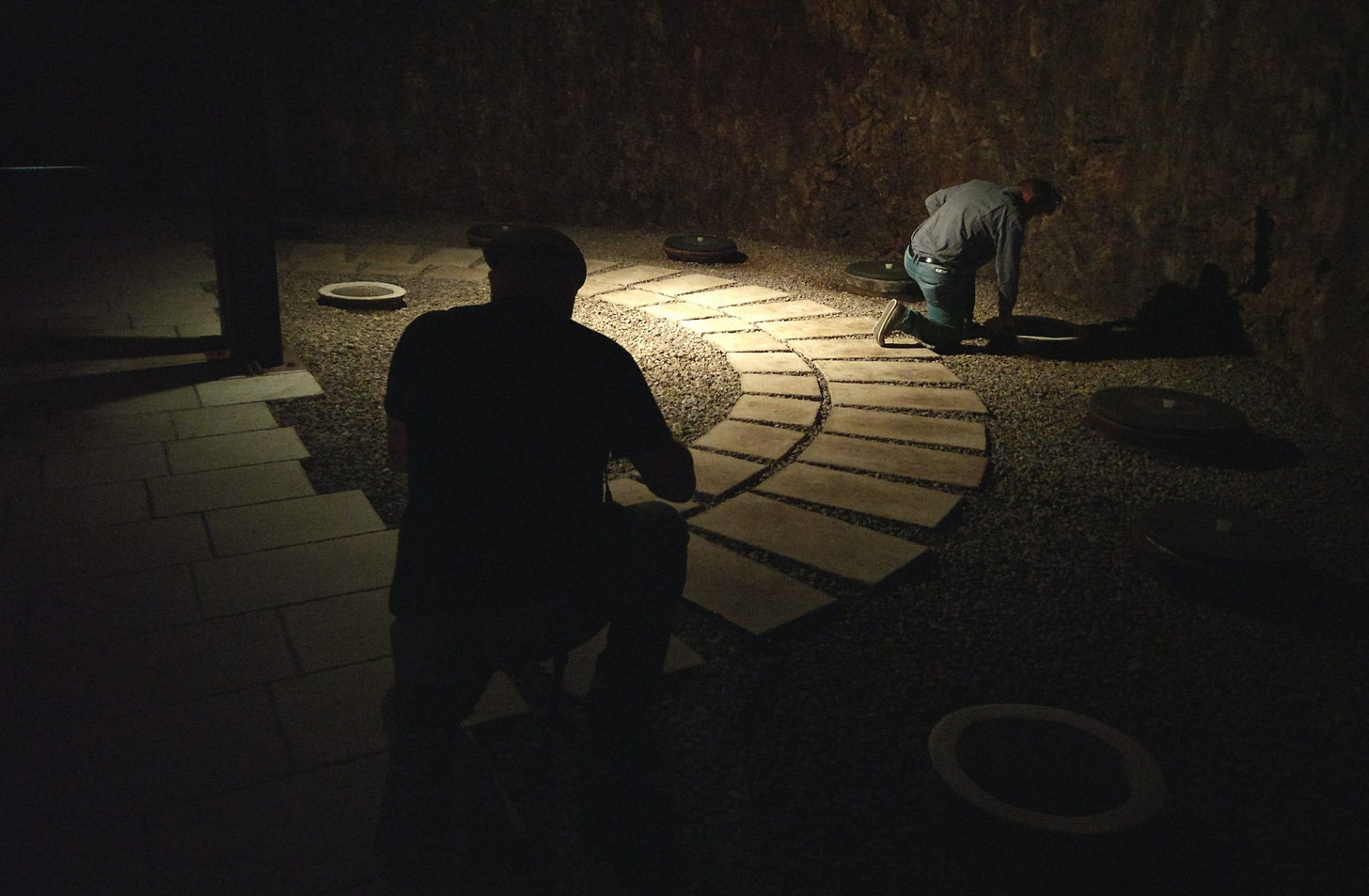Vodopivec, a perfect expression of Vitovska
Simon discovers why Vodopivec hates being associated with the terms orange or natural, and why he thinks ego is the biggest problem in wine.
"The first problem for wine producers is not oidium, it's ego", states Paolo Vodopivec disarmingly. "I don't want my ego in my wines".
When I visited Vodopivec's extraordinary, cathedral-like cellar in Italy's North-easterly Carso region last year, I was travelling with the photographer of my book (and good friend) Ryan Opaz.
Our main issue was getting Vo…
Keep reading with a 7-day free trial
Subscribe to The Morning Claret to keep reading this post and get 7 days of free access to the full post archives.




